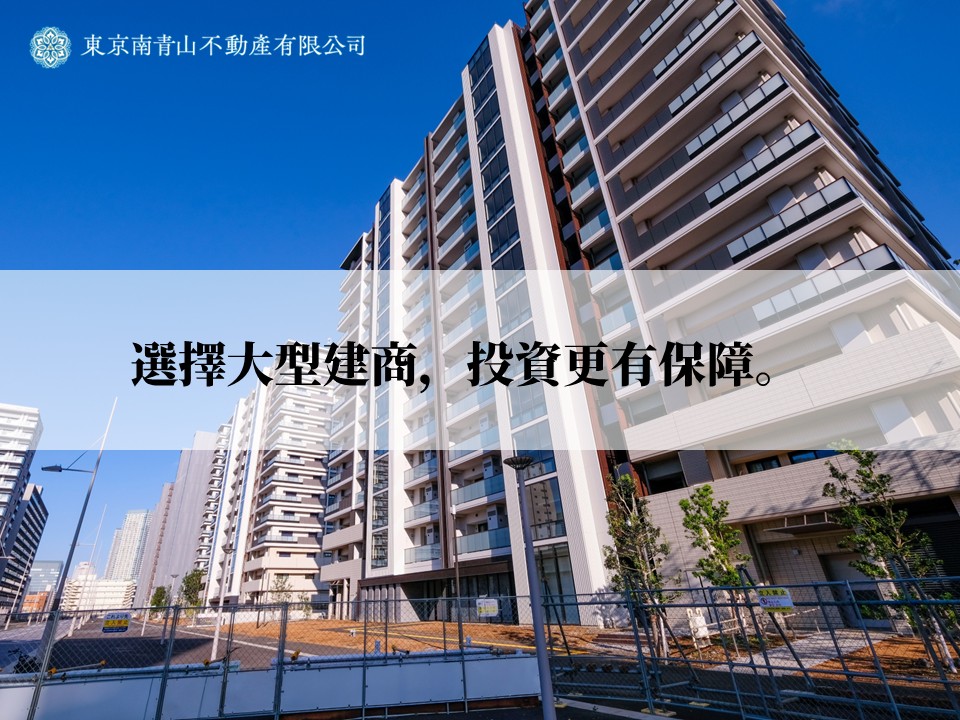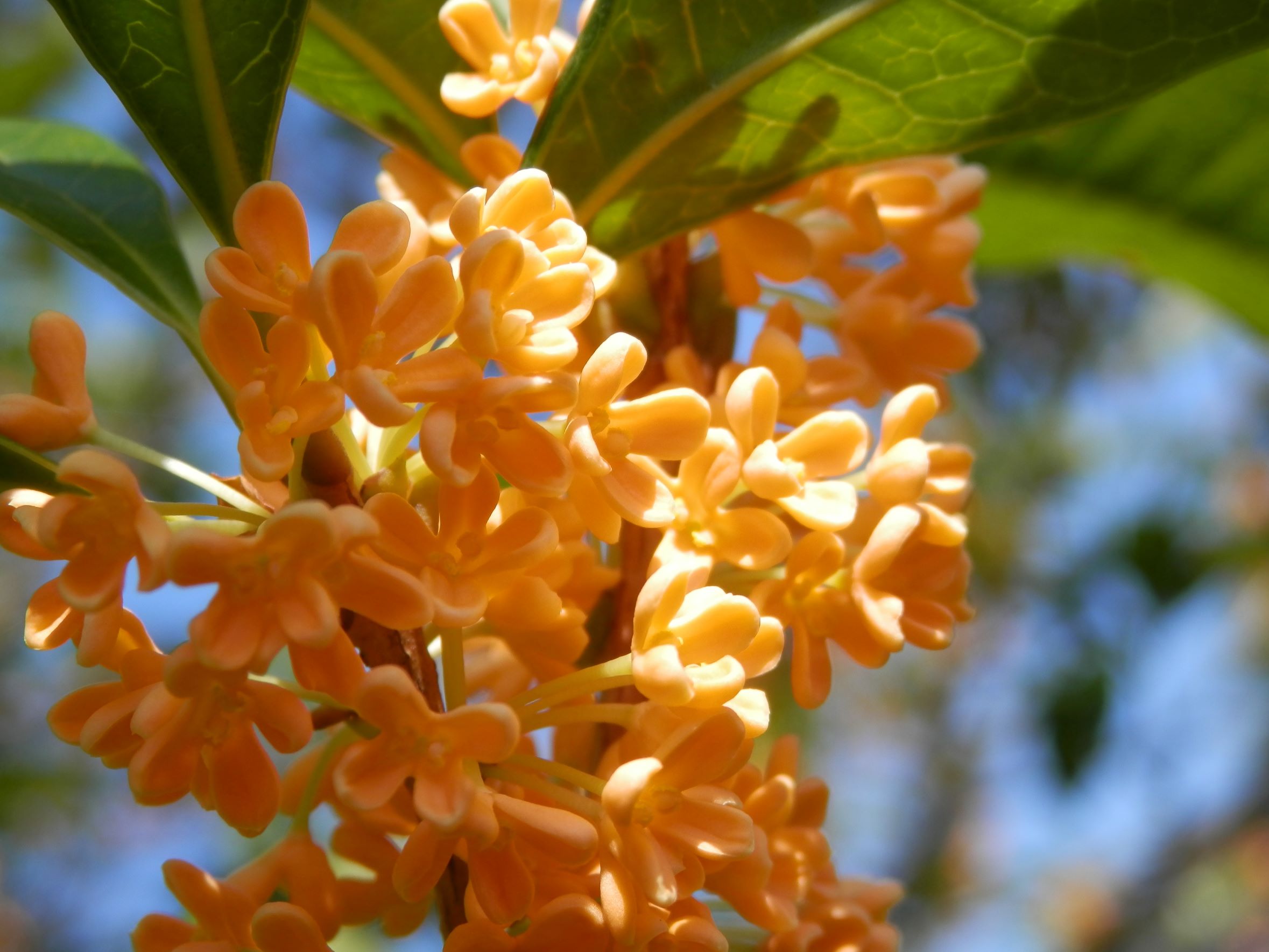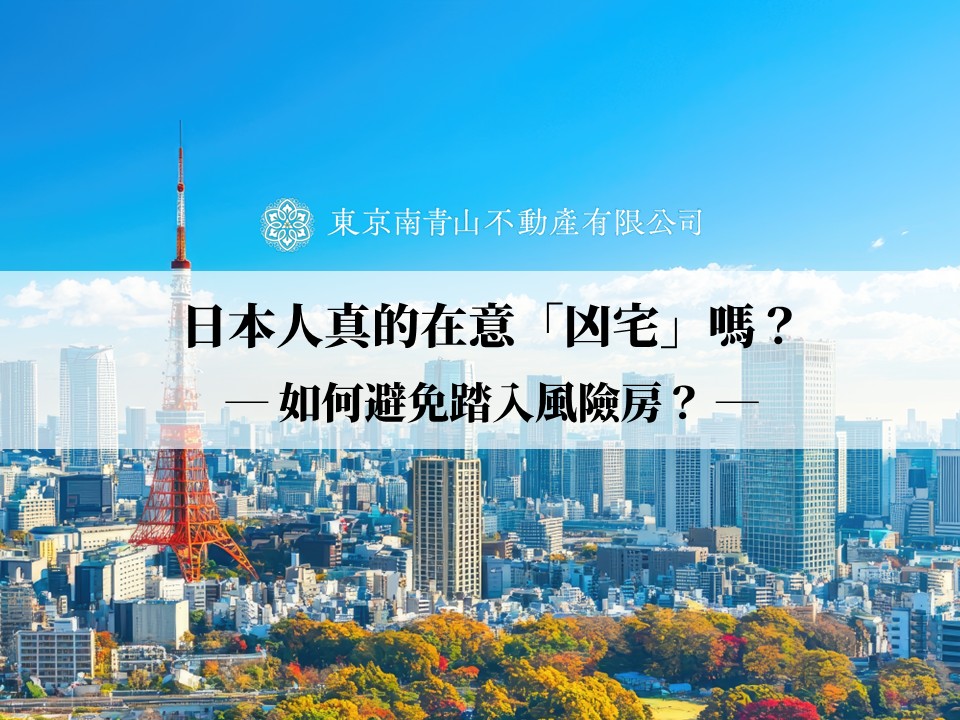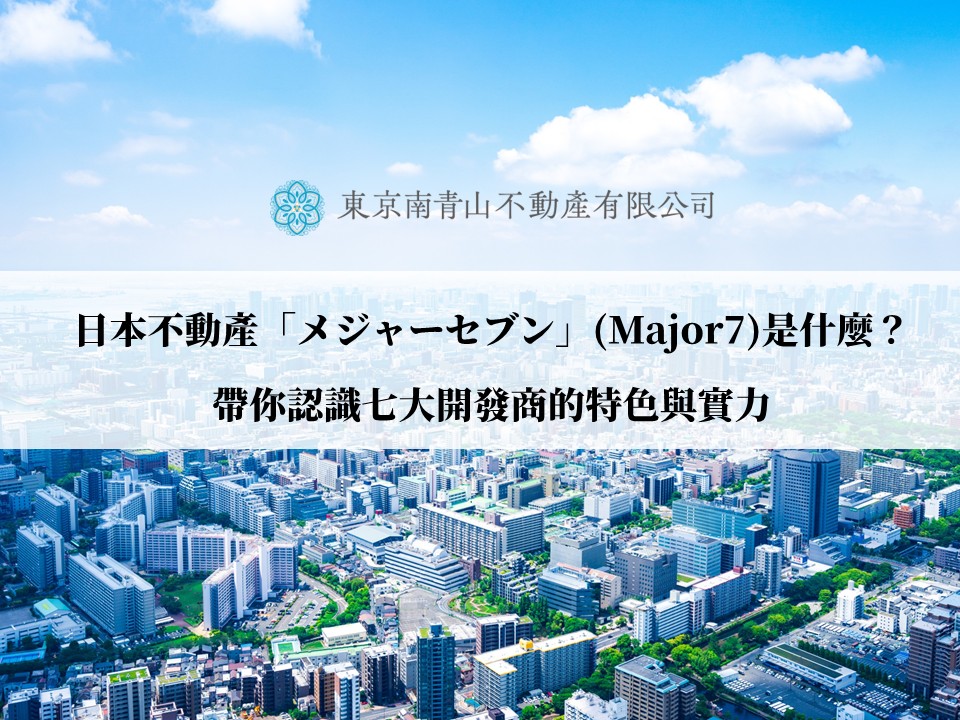In Japan’s real estate industry, a frequently mentioned keyword is “Major 7.”
This term refers to the seven most prominent real estate developers in Japan, considered the leaders of the industry. These companies not only hold a dominant position in the domestic market, but also play key roles in global urban development, residential supply, and commercial building construction.
For Taiwanese investors interested in Japanese real estate, understanding the background and characteristics of these developers can help you better grasp market trends, product quality, and brand reliability.
This article will cover:
The definition and origin of the “Major 7”
The history and unique traits of each developer
Their position in Japan’s housing market and representative projects
Future development trends and key points for investors
What is the Major Seven?
“Major 7” literally means “the seven major companies.”
In Japan’s real estate sector, these seven companies are recognized as the leaders in residential development, with numerous well-known projects in major cities such as Tokyo, Osaka, and Yokohama.
Why Are They Important?
High brand trust: Their projects are known for consistent quality and reliable after-sales service.
Strong financial backing: They are capable of undertaking large-scale urban redevelopment projects.
Global influence: Some of these companies actively expand overseas, with operations in Southeast Asia, China, and Europe.
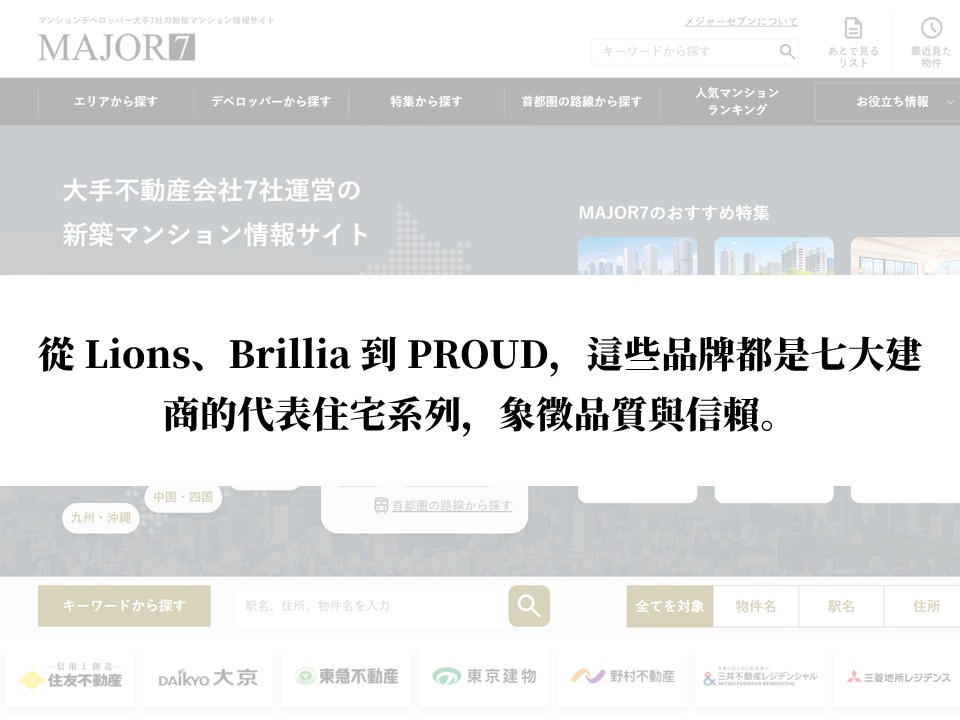
Introduction to Japan's Top 7 Real Estate Developers (Major Seven)
1. Sumitomo Realty & Development (住友不動產)
Background of establishment: Under the Sumitomo Group, its core business is mainly commercial offices and residential buildings in central Tokyo.
Characteristic:
The number of condominiums supplied in Japan ranks first in the country all year round.
Representative redevelopment: Shinjuku "Sumitomo Fudosan Shinjuku Grand Tower", Roppongi "Izumi Garden".
Key points: Stable supply and high visibility, suitable for investors who value brand and scale.
2. Daikyo (大京)
Representative brand: "Lions Mansion", one of the most familiar Japan builder brands in Taiwan.
Characteristic:
The first house in Japan to be introduced - automatic access control system (automatic lock).
Cooperate with "Anabuki Public Works" to strengthen local urban construction projects.
Key points: The second-hand market has good value retention, suitable for investors considering resale value.
3. Tokyu Land Corporation (東急不動產)
Parent company: Tokyu Group (owns railways, department stores, shopping malls, and hotels).
Representative Projects:
Housing brand "BRANZ"
Commercial facilities "Tokyu Plaza", "Q's Mall"
Characteristic:
Emphasize environmental sustainability and green housing, promoting EV charging equipment and green spaces.
Key points: It is suitable for home buyers who value convenient transportation and living functions.
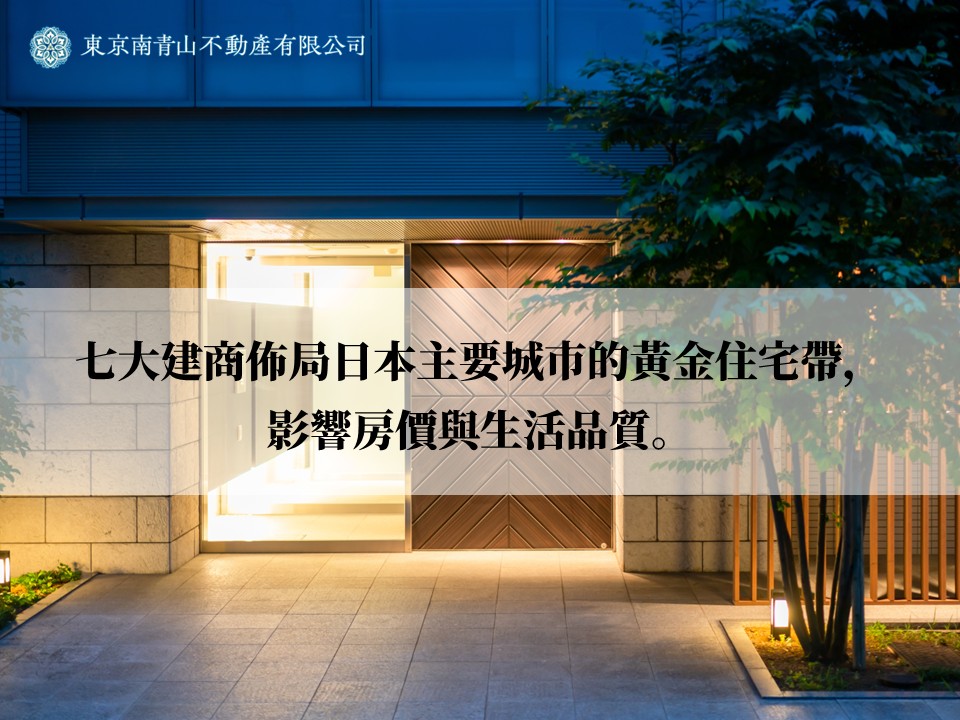
4. Tokyo Tatemono
Founded: 1896, the oldest of the seven congresses.
Representative projects: "Brillia" series, Ikebukuro "Hareza", Nakano "Central Park".
Characteristic:
Cooperate with local governments to promote urban redevelopment.
The construction project takes a high-end route, with a high sense of design and architectural quality.
Key points: The brand image is biased towards high-end residences, suitable for buyers looking for self-occupancy + value preservation.
5. Nomura Real Estate Development (野村不動產)
Representative brand: "PROUD" series, which is synonymous with high-end residences in Japan.
Characteristic:
Customer satisfaction is extremely high, and it has been ranked first in the metropolitan area for many years.
There is also a medium-sized high-quality office brand "PMO".
Key points: Suitable for investors who pursue high living quality + brand effect.
6. Mitsui Fudosan Residential (三井不動產住宅)
Parent company: Mitsui Fudosan Group, one of Japan's largest real estate conglomerates.
Representative proposals: "Park City", "Park Court", "Park Tower".
Feature:
The representative urban development project "Harumi FLAG" is a reuse project for the 2020 Tokyo Olympic Village.
Key points: The brand power is extremely strong, and it is good at creating a complete block-style residential community.
7. Mitsubishi Estate Residence
Parent company: Mitsubishi Estate, one of Japan's three major conglomerates.
Representative proposals: "The Park House" and "Park House Gran".
Feature:
It owns large commercial assets such as Marunouchi and Yokohama landmark buildings.
Actively expanding overseas, covering Asia and Europe.
Key points: The international layout is complete, suitable for investors who pay attention to the value of transnational real estate.
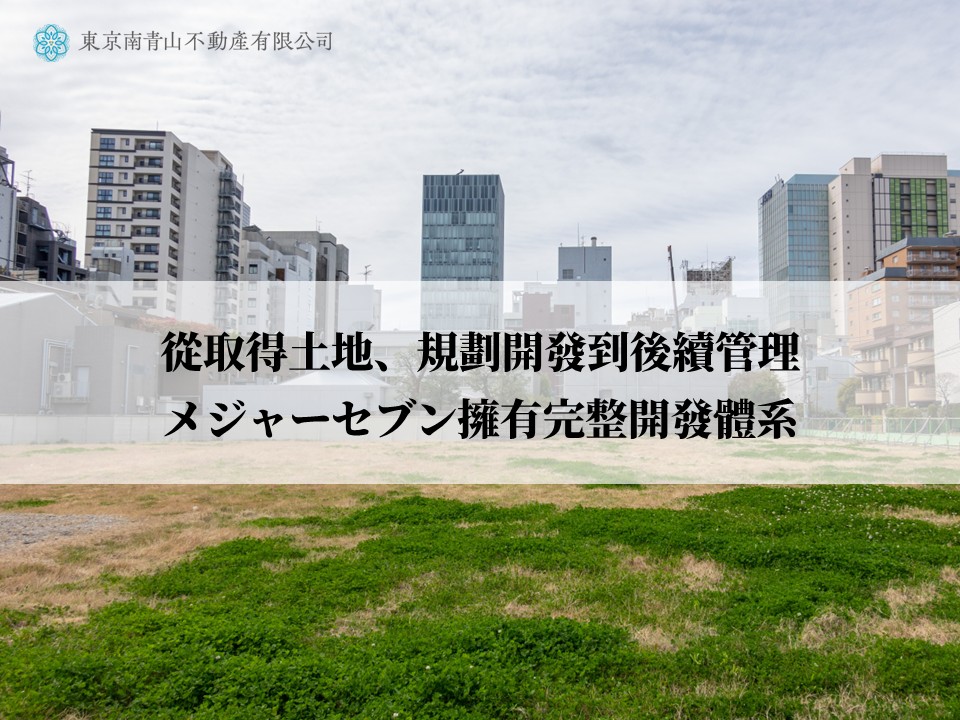
Why These Giants Became the “Major 7”
The reason these seven giants are recognized as the “Major 7” lies in their ability to manage the entire urban development process from start to finish:
Land Acquisition: Purchasing land and negotiating with landowners.
Planning & Development: Designing neighborhoods, residential buildings, and commercial facilities.
Sales & Leasing: Marketing condominiums and attracting tenants for office buildings.
Post-Development Management: Ensuring proper building maintenance and asset value retention.
Future Trends of the Major 7
Responding to an Aging Population: Developing senior-friendly housing and healthcare-integrated communities.
Overseas Expansion: Southeast Asia is emerging as a key growth market.
Green & Sustainable Architecture: ESG investment trends are driving the development of eco-friendly buildings.
Conclusion

The “Major 7” represent the core strength of Japan’s real estate industry.
For Taiwanese investors, choosing properties developed by these leading companies offers not only stronger brand assurance but also better competitiveness in resale and rental markets.
Looking ahead, these giants will continue to play pivotal roles in urban redevelopment, overseas expansion, and sustainable housing—shaping the future of real estate in Japan and across Asia.
In the future, these giants will continue to play key roles in urban redevelopment, overseas markets, and sustainable housing, influencing the real estate development landscape in Japan and even Asia.
